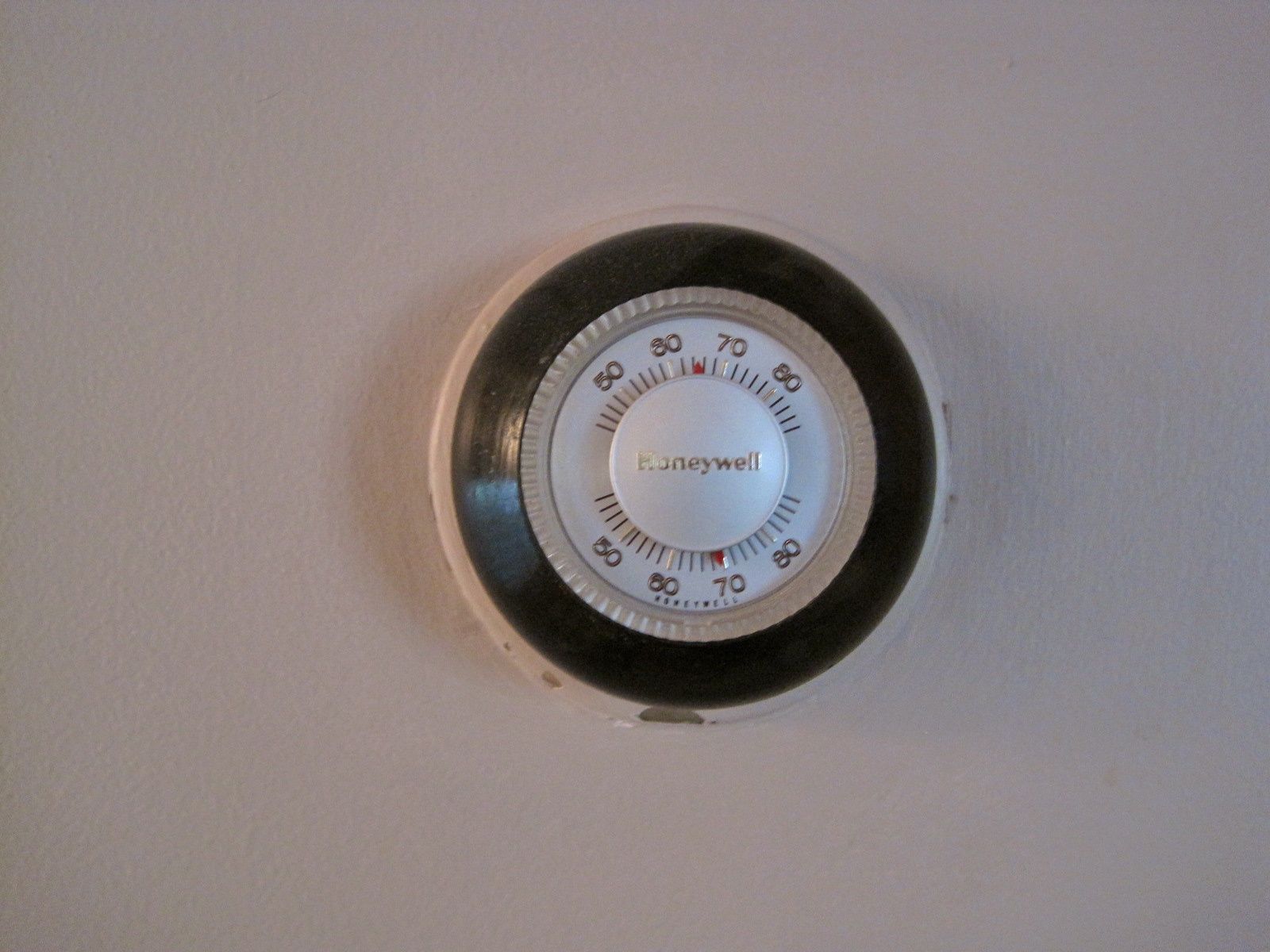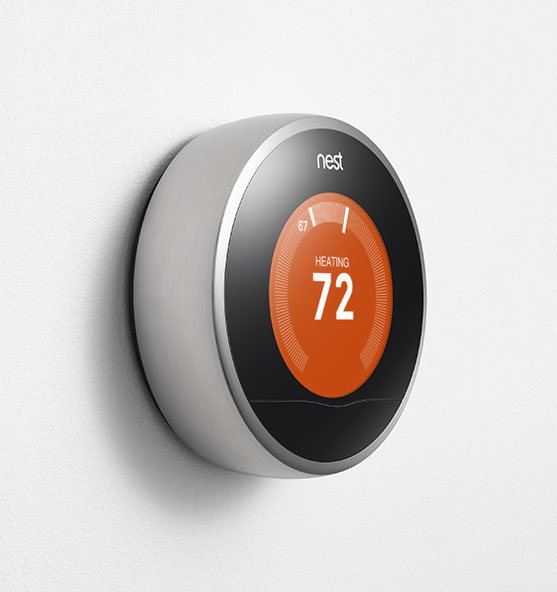I had the pleasure recently of installing a new thermostat. This is not the normal response to installing a control for the unglamorous heating infrastructure of a house. And I even had some difficulties in getting it up and running. Yet I am still marveling at the experience.
One of my goals in the renovation of This Odd House is to bring an old dwelling to become an energy efficient citizen of its community. To this end I have updated the heating system so that the fuel it consumes is turned into useful heat and hot water at a 95% efficiency level.
We can obtain a further efficiency by burning that fuel only when it matters, namely when there are people in the house that care about the actual temperature.
I had seen a thermostat at my cousin’s home when I visited her in CA last winter that I was quite impressed with. I was aware of “smart thermostats” that have been around for decades which can be programmed for daily schedules. I have previously owned Honeywell “Chronotherms” (both -1 and -2 models) that I configured for weekday and weekend timings, and I have heard of others which try to learn from your daily thermostat manipulations. But this was way beyond that level of technology. This thermostat was internet-connected.
It is called “Nest”. And when I opened the packaging, I felt the same experience as opening a box containing an Apple iPod, or iPhone, a sense of privilege at taking ownership of a very high-class, beautifully designed product that would not only meet the functional requirements, but provide an esthetic satisfaction while doing so.
This is a design attribute that the American market does not fully appreciate. Our cultural heritage emphasizes function over form, a reasonable priority when one is at the margins of surviving the winter. Europe, on the other hand, has long appreciated the styling of an appliance as an additional important aspect to its function. For whatever artistic and engineering reasons, I often prefer the European designs for kitchens and the appliances they place in them.
The Nest is not European, it is entirely a US design, and, as it turns out, from engineers that came from Apple and its product design and user experience philosophy. It shows.
I won’t extol the Nest features here, you can investigate at will, but I will say that I am looking forward to it learning my schedule, anticipating my temperature preferences, and allowing me to control it remotely (via phone or internet). And I am already convinced that it is the most beautiful thermostat anyone has ever seen.
Of course, installing it in This Odd House was not without problems and setbacks. My old thermostat was a classic circular Honeywell unit with a mercury switch on a bimetallic spring. The spring shifted with temperature and the vial of mercury tilted to make or break the connection to the furnace. Three wires ran to the thermostat, but only two were connected, so this is a two-wire system, the wires either shorted together via the mercury in the switch, or open.
The Nest thermostat is smart; it has a computer inside it and it needs power to run. The designers provided a battery, just like a cell phone battery, to power it, and be recharged as needed. The recharging happens from the thermostat wires themselves. It turns out that thermostat wires have low voltage (24 volts) to signal the furnace to turn on or off. When the thermostat is not calling for heat, the 24 volts is available for other things, like recharging a battery.
The use of the 24 volt thermostat line when the furnace is off is called “power stealing”. It is a common feature of smart thermostats, but it has its limitations. My new boiler sensed the wires and determined when it was being asked for more heat and when the heat target had been met. I found that the Nest was stealing so much power during the off cycle, that the boiler thought more heat was being requested. My house heated to 78F even though I only asked for 68.
Fortunately the boiler “faulted” (I don’t know exactly what this condition is, but I think it is the recognition of asking for more heat than is believable, based on other sensors), and the heating runaway was averted.
It took several days to figure out that this was happening. And the fact that I have cast iron convection radiators makes for a long time constant delayed response. The proposed solution is to convert the system into a 3-wire thermostat, which adds a ground (“common”) wire. Now the Nest could steal power without affecting the sense wire. I am currently in the confirmation phase of this experiment.
I’d previously done some development of visual systems for displaying energy usage and management but it was premature and incomplete. I am thrilled that a company has successfully created a device consistent with my ideas back then and extended it to take full advantage of being internet-connected and to work in our new mobile world.



Congrats on getting the Nest installed (and for troubleshooting the odd behavior).
Is this a Nest 1 or the recently introduced Nest 2?
I received a Nest-1 the day before the Nest-2 was announced. The first thing it did after connecting to the internet was to update its firmware to the latest (Nest-2) version. So I have Nest-1 hardware with Nest-2 software.
Does this work for multi-zone houses where vents open and close to different zones of the house that are heated at different temp settings at different times of the day? eric
________________________________
Does this explain why I felt so warm at your home yesterday? I do admit – the Tstat is very attractive!